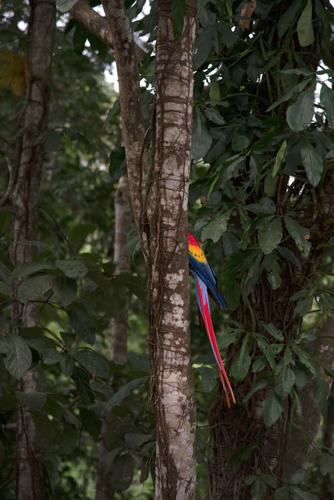

DEFINITION
Keith Cari-an
30x30 Advocate
The Convention on Biological Diversity (CBD) is a multilateral treaty which was adopted at the Rio Earth Summit in 1993. It recognises the conservation of biodiversity as a common concern of mankind and is integral to global development processes.
The Convention on Biological Diversity has three main goals:
1. Protect and conserve biodiversity
2. The sustainable use of the components of biodiversity
3. The fair and equitable sharing of the benefits arising out of the utilisation of genetic resources
Presently, 196 states have ratified the convention, thus becoming parties to the CBD. (United Nations) A Conference of the Parties (COP) is held every two years to discuss the state of biodiversity, conservation plans and frameworks, and review progress. (United Nations)
While conversation happens at an international level, we can be actively involved by engaging our country's focal points, participating in stakeholder and/or subcommittee meetings, and joining organisations such as Global Youth Biodiversity Network, which are actively participating in the discussions.

A Scarlet Macaw in the Lacandon Jungle, where Natura Mexicana works to understand, conserve, and restore the last viable wild population of Scarlet Macaws in Mexico. Chiapas, Mexico, 2021.
Photography By Pamela EA
RELATED WORDS
We use cookies to analyze site usage and enhance navigation. By accepting, you agree to our use of cookies. Accept
Subscribe to our newsletter and be the first to get news on climate literacy!

By submitting I confirm that I have read Climate Words’ privacy policy and agree that Climate Words may send me announcements to the email address entered above and that my data will be processed for this purpose in accordance with Climate Words’ privacy policy.